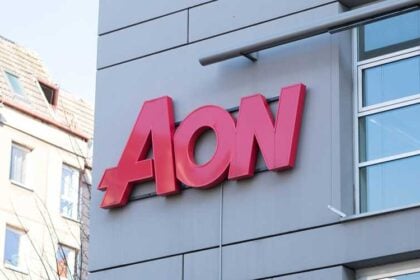Magazine Networks spoke to Pacific’s newly appointed commercial director Nicole Bence about the benefits of paid content and the enduring brand-building power of magazine media.
Audiences that pay for content in environments such as print magazines have a unique value to advertisers that cannot be matched by free stand-alone platforms, says Nicole Bence, commercial director for Pacific.
“Five years ago, all digital content was equal and now we know it’s not. The next layer of that is if the consumer is choosing to pay for that content, does that make that environment more valuable for an advertiser? I don’t think we’ve debated that enough yet,” says Bence.
She notes that women spend $45 million a year on the New Idea brand. “That’s a ridiculous amount of money. You look at a brand like Mamamia, they don’t spend a cent. As we start to attribute consumer engagement to paid content, we’ll start to see advertisers valuing the environment more,” she says.
In February, Bence stepped up to run Pacific’s commercial operations following the departure of Prue Cox. She has been at Pacific for a little over a year in the role of Commercial Strategy Director which involved overseeing the positioning of Pacific’s brands in-market, the packaging of them, innovation as well as looking at new revenue opportunities.
Prior to joining Pacific, Bence worked at Nova and NewsLifeMedia. Her career began at a small ad agency in Paddington, before moving into publishing. Despite having held a range of roles, working at Pacific Magazines is by far her favourite. She says, “Pacific’s a really courageous business. I don’t think I’ve worked with a CEO or an exec team who have such courage or bravery to do something different.”
The tipping point
It’s impossible to speak to someone in publishing today without discussing the changing nature of the business and like most in the industry, Bence has thoughts on where things are headed. She believes there is likely to be a pushback from consumers as algorithms become more and more sophisticated creating an echo chamber in digital. When this tipping point is reached, magazine editors are set to see an increased resurgence. She says, “It’s going to be interesting to watch over the next few years as consumers start to say, ‘Stop telling me what I’m telling you I want to know and tell me something I don’t know I want to know.’”
Will the day come when personalisation and convenience are trumped by a desire for exposure to new types of information? Bence believes so and when it does, the editor’s role as a curator will be more important than ever as consumers look to break out of this so-called “filter bubble”.
The flow on effect will be felt for advertising as well with the oft-mentioned industry term zero wastage, which refers to advertising seen only by the exact target audience, to be replaced by positive wastage where ads are seen by those outside the preferred audience in order to promote desire for a product. Bence says, “How are you ever going to attract a new consumer or type of buyer if you never have that positive wastage?”
Determining purchase intent
Still, the value of data to pinpoint purchase intent is not to be dismissed and Bence says magazines are ahead of the curve in this regard as readers have been willing to hand over their information to magazine brands for decades whether through competitions or subscriptions. This has been evidenced by the fast uptake of social by magazine brands. Bence says, “We saw the transition to social happen really easily for us. There’s a real desire for our readers to give us data. They want to be part of the community.”
The nature of the content Pacific Magazines produces and readers engage with also gives magazine brands the jump on other media such as news offerings. A reader browsing lifestyle content on topics including renovations and homewares provides a much greater insight into the consumer’s intentions than a piece of news content. Bence says, “You can start to build a very interesting picture of who that person is and the value proposition they bring to an advertiser.”
Yet there has been a well-publicised shift away from magazine media toward the likes of Google and Facebook which Bence says is misguided given that magazines have a long history of fostering relationships between brands and audiences.
She says, “Brands have built their stories with consumers for years inside magazine advertising. It’s not new, it’s not shiny, but it does work. So how do we entice those brands to stay with us or to come back into this space?”








